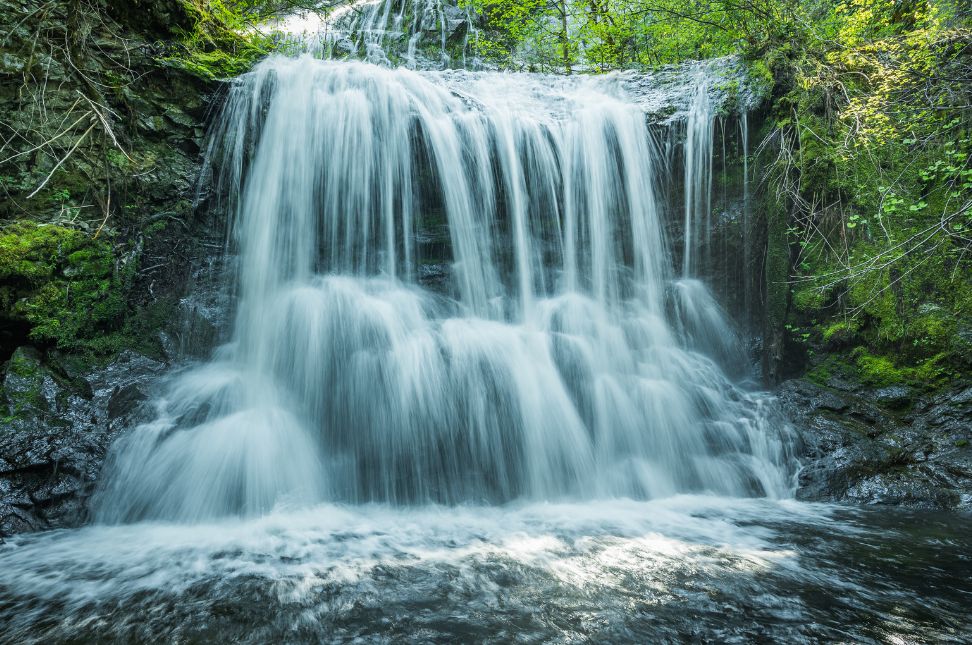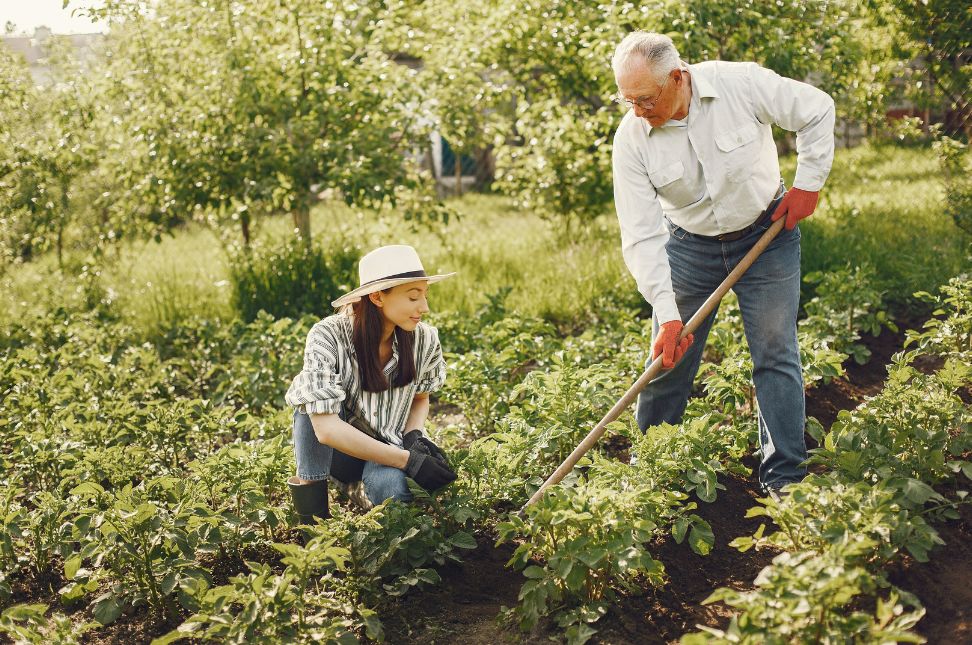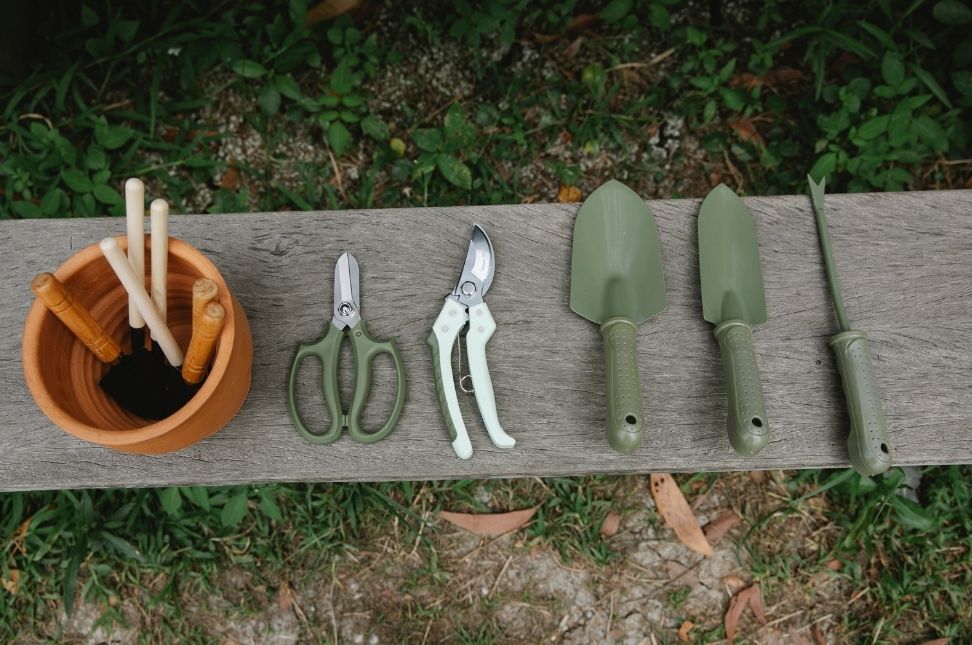The importance of water conservation cannot be overstated, especially as global water resources become increasingly strained. Understanding and implementing effective water conservation techniques is crucial for ensuring sustainable water use both at home and in agricultural practices. This article explores practical ways to conserve water in these settings, offering insights into how individuals and communities can make a significant impact.
Water Conservation Techniques at Home
Households play a critical role in water conservation. Simple changes in daily habits and the use of efficient devices can lead to substantial water savings. Here are some effective water conservation techniques for home use:
1. Fix Leaks
One of the simplest yet most effective water conservation techniques is fixing leaks. Dripping faucets and leaking toilets can waste hundreds of gallons of water each year. Regularly check and repair any leaks in your home to prevent water wastage.
2. Install Water-Saving Fixtures
Installing water-saving fixtures like low-flow showerheads, faucet aerators, and dual-flush toilets can significantly reduce water usage. These devices are designed to maintain performance while using less water, making them an easy and effective way to conserve water.
3. Use Appliances Efficiently
Run dishwashers and washing machines only when they are full to maximize water use. Opt for water-efficient models that use less water per cycle. Additionally, consider hand-washing dishes in a basin rather than under a running tap to save water.
4. Shorten Showers
Shortening shower time is another simple yet effective water conservation technique. Aim for showers that last no longer than five minutes. Installing a timer in the bathroom can help monitor and reduce shower time.
5. Collect Rainwater
Collecting rainwater for garden use is an excellent way to conserve potable water. Install rain barrels or other rainwater harvesting systems to collect runoff from roofs. This water can then be used for watering plants, cleaning, and other non-potable purposes.
6. Landscape Wisely
Choose drought-resistant plants and native species for your garden. These plants require less water and are more resilient to local climate conditions. Mulching around plants also helps retain soil moisture, reducing the need for frequent watering.
7. Water Lawns Efficiently
Water lawns during the early morning or late evening to minimize evaporation. Use sprinklers that produce larger water droplets rather than a fine mist to reduce water loss to wind and evaporation. Consider using a drip irrigation system for more efficient watering.
Water Conservation Techniques in Agriculture
Agriculture is a major consumer of water, and implementing water conservation techniques in this sector is essential for sustainability. Here are some methods to conserve water in agriculture:
1. Drip Irrigation
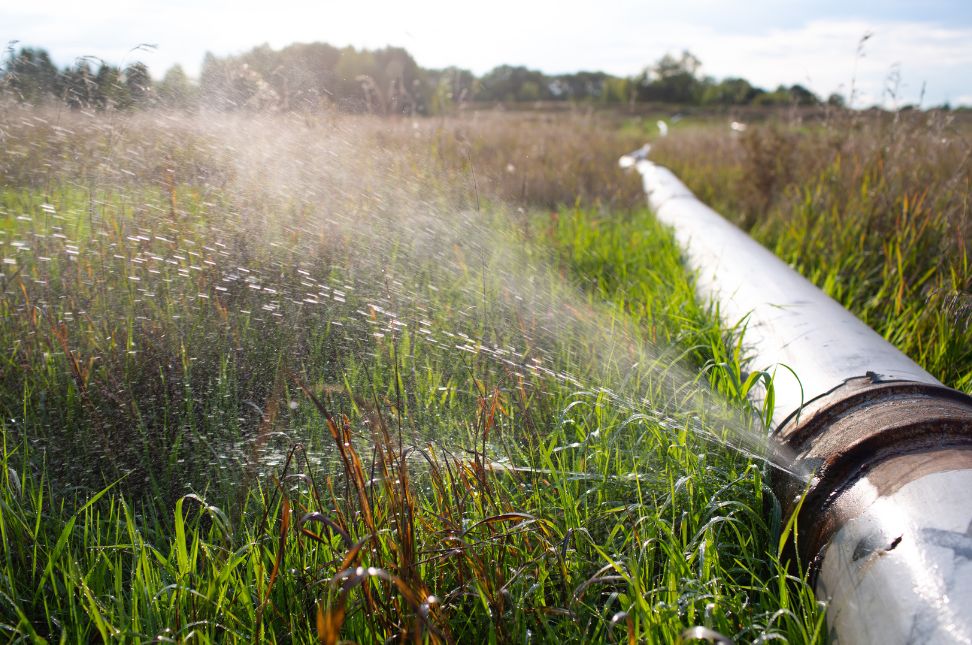
Drip irrigation is one of the most efficient water conservation techniques for agriculture. This method delivers water directly to the plant roots through a system of tubes, valves, and emitters, minimizing water wastage due to evaporation and runoff.
2. Soil Moisture Management
Monitoring soil moisture levels helps farmers determine the optimal times for irrigation, reducing over-watering. Using soil moisture sensors and scheduling irrigation based on actual soil conditions rather than fixed schedules can lead to significant water savings.
3. Crop Selection
Choosing crops that are suited to the local climate and soil conditions can greatly reduce water requirements. Drought-resistant and less water-intensive crops are ideal for areas with limited water resources.
4. Conservation Tillage
Conservation tillage practices, such as no-till or reduced-till farming, help maintain soil structure and moisture levels. These practices reduce water runoff and improve the soil’s ability to retain moisture, thus conserving water.
5. Mulching
Applying mulch to crop fields helps retain soil moisture by reducing evaporation. Mulching also suppresses weed growth, which can compete with crops for water. Organic mulches, such as straw or compost, add nutrients to the soil as they decompose.
6. Efficient Water Use Practices
Implementing efficient water use practices, such as scheduled irrigation and the use of irrigation audits, helps identify and address inefficiencies in water use. Regularly maintaining and upgrading irrigation systems ensures that water is used effectively and minimizes wastage.
7. Rainwater Harvesting
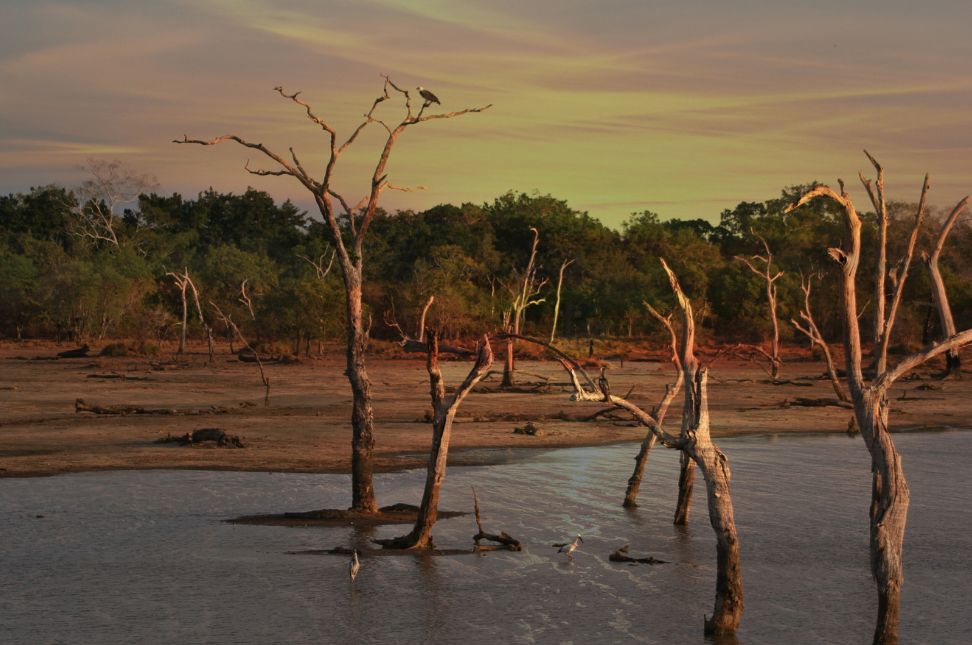
Farmers can collect and store rainwater for irrigation purposes. Building ponds or reservoirs to capture runoff during rainy seasons provides an additional water source during dry periods. This technique not only conserves water but also helps manage water resources more effectively.
Combining Efforts for Greater Impact
Combining water conservation techniques at home and in agriculture can lead to a more substantial overall impact on water savings. Community-wide initiatives and public awareness campaigns play a vital role in promoting water conservation practices. Here are some ways to enhance these efforts:
1. Education and Awareness
Educating the public about the importance of water conservation and effective techniques is crucial. Schools, community centers, and local governments can offer workshops and informational materials to raise awareness and encourage water-saving behaviors.
2. Incentive Programs
Government and local authorities can implement incentive programs to encourage the adoption of water-saving technologies and practices. Subsidies for installing water-efficient appliances, rainwater harvesting systems, and drip irrigation can motivate individuals and farmers to invest in these solutions.
3. Collaboration and Partnerships
Collaborating with organizations, businesses, and community groups can amplify water conservation efforts. Partnerships can lead to the sharing of resources, knowledge, and best practices, fostering a culture of conservation within communities.
4. Policy and Regulation
Effective policies and regulations are essential for promoting water conservation. Governments can enforce water use restrictions during droughts, mandate the use of water-efficient appliances in new constructions, and provide guidelines for sustainable agricultural practices.
Conclusion
The implementation of water conservation techniques at home and in agriculture is crucial for ensuring sustainable water use and protecting this vital resource. From fixing leaks and installing water-saving fixtures to adopting efficient irrigation methods and selecting appropriate crops, there are numerous ways to conserve water. By combining individual efforts with community initiatives and supportive policies, we can make a significant impact on water conservation. Understanding and applying these techniques is the first step towards a more sustainable and water-secure future. Let’s embrace these practices and contribute to the preservation of our precious water resources.

